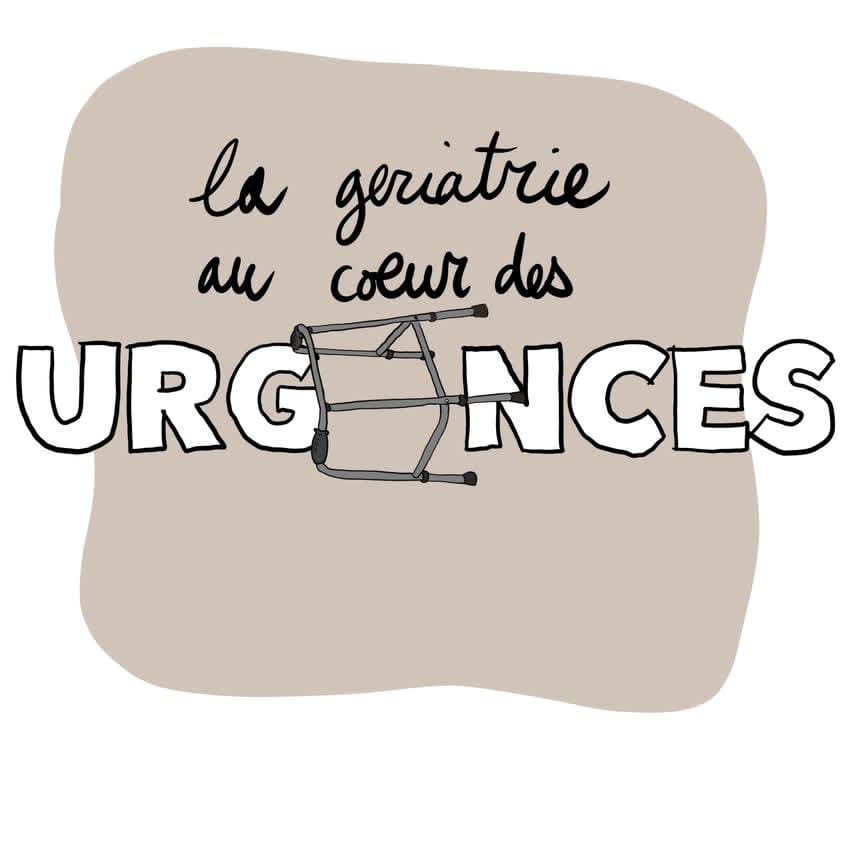The Top 5 Boo Casino Slots to Play in 2023
The Top 5 Boo Casino Slots to Play in 2023
Boo Casino is one of the most popular online casinos in the UK, offering a wide range of slots from top game providers like NetEnt, Microgaming, and Play’n GO. With hundreds of games to choose from, it can be difficult to decide which ones to play. https://boo-casino-ie.com/ In this article, we’ll count down the top 5 Boo Casino slots to play in 2023.
1. Starburst
Starburst is a classic NetEnt slot that has been a crowd-pleaser for years. This 5-reel, 10-payline game features vibrant colors and a catchy soundtrack. The game’s wild symbol is the star, which can appear on any reel and expand to cover all positions when it lands on reels 2, 3, or 4.
Starburst has been around since 2012 but still offers a high RTP (Return to Player) of 96.1%, making it one of the most popular slots among Boo Casino players. The game’s low volatility means you can expect frequent wins, even if they’re small. To play Starburst at Boo Casino, simply search for the game in the casino lobby and click on the "play" button.
Why Play Starburst at Boo Casino?
- High RTP of 96.1%
- Frequent wins due to low volatility
- Classic NetEnt gameplay
- Available on desktop and mobile devices
2. Book of Dead
Book of Dead is a popular slot from Play’n GO that has taken the world by storm since its release in 2016. The game features an ancient Egyptian theme, with symbols like scarabs, pharaohs, and the Book of Dead itself.
The game’s wild symbol is the book, which can appear on any reel to substitute for other symbols and create winning combinations. The Free Spins feature triggers when three or more scatters land, awarding 10 free spins and a multiplier of up to x15. Book of Dead has an RTP of 96.2%, making it one of the most profitable slots at Boo Casino.
Features and Benefits
- Ancient Egyptian theme
- High RTP of 96.2%
- Free Spins feature with up to x15 multiplier
- Available on desktop and mobile devices
3. Gonzo’s Quest
Gonzo’s Quest is another classic slot from NetEnt that has been a favorite among players for years. This 5-reel, 20-payline game features a South American theme, with symbols like monkeys, parrots, and the conquistador himself.
The game’s Avalanche feature triggers when winning combinations land, causing adjacent symbols to explode and making way for new ones to drop in. Gonzo’s Quest has an RTP of 96%, making it one of the most popular slots at Boo Casino. To play this game, simply search for it in the casino lobby and click on the "play" button.
Why Play Gonzo’s Quest?
- High RTP of 96%
- Avalanche feature for frequent wins
- Classic NetEnt gameplay
- Available on desktop and mobile devices
4. Immortal Romance
Immortal Romance is a popular slot from Microgaming that has captured the hearts of many players since its release in 2011. The game features a vampire theme, with symbols like bats, crosses, and the main character himself.
The game’s Free Spins feature triggers when three or more scatters land, awarding up to 20 free spins and a multiplier of up to x6. Immortal Romance has an RTP of 96.9%, making it one of the most profitable slots at Boo Casino.
Features and Benefits
- Vampire theme
- High RTP of 96.9%
- Free Spins feature with up to x6 multiplier
- Available on desktop and mobile devices
5. Reel King Mega
Reel King Mega is a relatively new slot from Red Tiger Gaming that has quickly become a fan favorite among Boo Casino players. The game features a classic fruit machine theme, with symbols like cherries, lemons, and grapes.
The game’s Mega Symbols feature triggers when three or more identical symbols land on the reels, causing the entire reel to fill with that symbol and awarding multiple wins. Reel King Mega has an RTP of 96%, making it one of the most popular slots at Boo Casino.
Why Play Reel King Mega?
- Classic fruit machine theme
- High RTP of 96%
- Mega Symbols feature for frequent wins
- Available on desktop and mobile devices
Conclusion:
Boo Casino offers a vast range of slots to choose from, but these five games stand out as the best ones to play in 2023. Whether you’re a fan of classic NetEnt gameplay or prefer something new like Reel King Mega, there’s something for everyone at Boo Casino.
Remember to always gamble responsibly and within your means, and don’t forget to check the casino’s terms and conditions before playing any game. With its wide range of games, generous bonuses, and excellent customer support, Boo Casino is a great choice for anyone looking to play slots online.
We hope this article has helped you decide which slot to play next at Boo Casino. Happy spinning!


